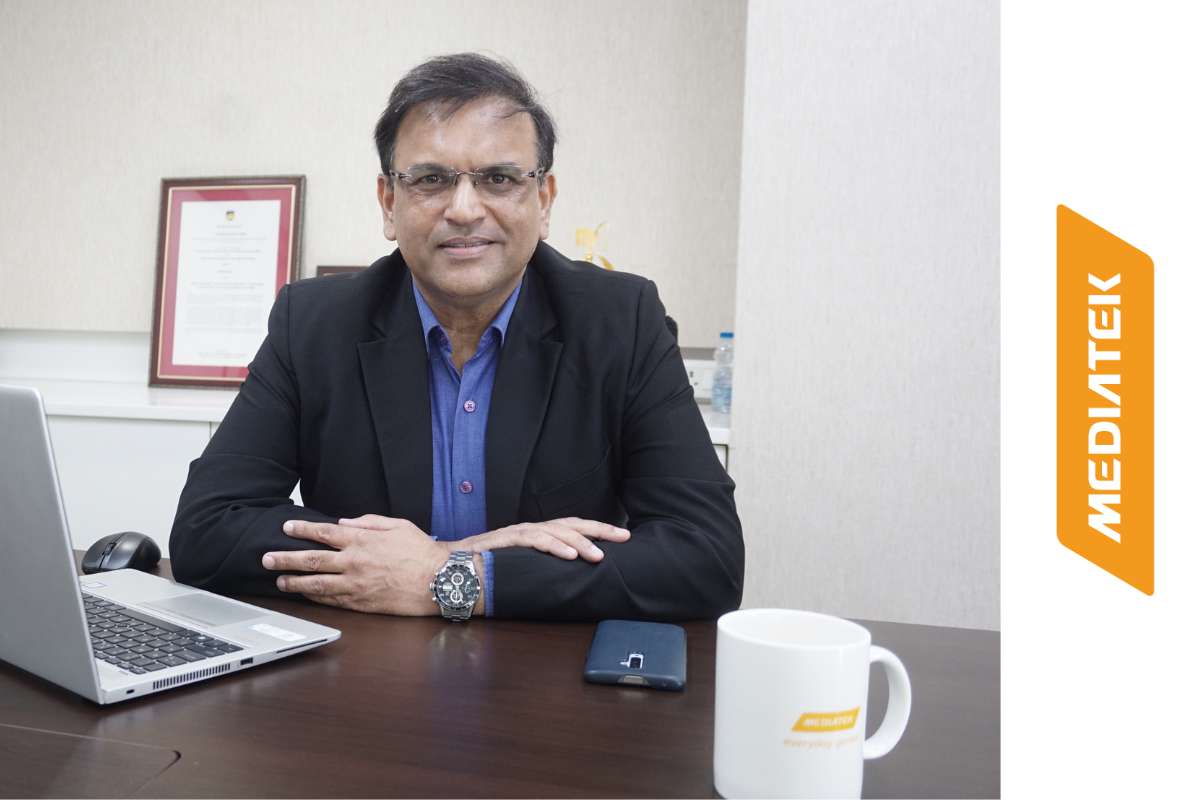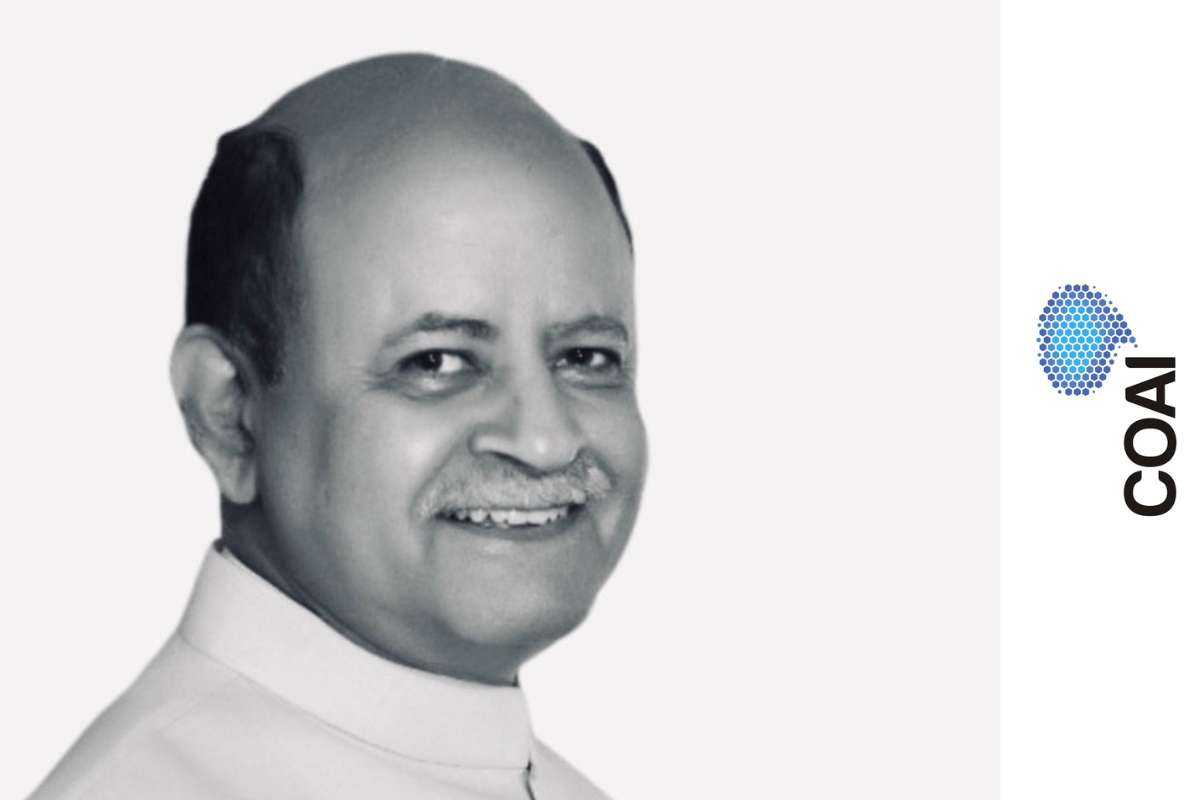
5G is the next generation network technology which is going to revolutionise the way people and machines communicate. But with 5G, many things in the infrastructure level and the telecom ecosystem will have to change in India to support high-bandwidth and low-latency networks. Since the 5G spectrum auction is so close (scheduled for July 26), TelecomTalk reached out to industry experts and analysts to understand their views on 5G and what India needs to do to ensure that the next-generation network rollout is a success.
Here’s what they said.
Anku Jain, Managing Director, MediaTek India

The 5G spectrum auction happens at a time when 5G-enabled smartphone sales have already crossed 51%, surpassing the penetration of 4G smartphones. The demand for high-performance gadgets with world-class features, especially in camera, display, memory, battery and gaming capabilities, is driving the growth of 5G smartphones currently.
India is among the most potential markets for 5G. The young population expects their 5G smartphones to feature best-in-class processor technologies that can optimise the resources and deliver maximum capabilities to fulfil their streaming, gaming, collaboration and photography requirements while also being affordable.
The latest series of Dimensity 5G chipsets from MediaTek is designed to make 5G a faster reality in India. Powered by the industry’s most advanced 4nm processors and MediaTek’s exclusive innovations like MediaTek HyperEngine 5.0 for gaming, the new processors like the MediaTek Dimensity 9000 and 9000+ are set to drive the digital transformation in India to the next level.
S P Kochhar, Director General, COAI (Cellular Operators Association of India)

A robust telecom infrastructure has helped the country sail through difficult times for the past two years. The spectrum auctions on July 26 to roll out 5G services by private telecom operators is a welcome step which will set the roadmap for the industry to reap its lengthy-time period dreams as we gear up for the commercial roll-out of 5G. The Government’s decision to allocate 5% of the Universal Service Obligation Fund (USO) to encourage design-led manufacturing under the PLI scheme is expected to intensify 5G mobile services in the country.
With the PLI scheme extending to strengthen 5G and aiming to implement optical fibre in every village by 2025, the move will promote India as a cost-effective manufacturing hub globally and give further thrust to new investments in the telecom sector. There is a need to implement uniform RoW charges across states and rationalise regulatory levies such as LF, SUC, and USO to ensure a smooth rollout for 5G technology which will further unleash another wave of innovation.
To support the digital India vision, 5G is going to be a key component, and with such unprecedented levels of connection and 5G Internet, India will be able to alter education, healthcare, agriculture, and other sectors in rural areas while constructing future smart cities – all trademarks of a 5G India. Over the period of 2023–2040, we estimate that 5G technologies will make an overall contribution of approximately $450 billion to the Indian economy (0.6% of GDP by 2040). 5G is vital, both from a digital connectivity perspective, as well as to give a strong momentum to the Government of India’s initiatives of making the nation digitised.
Charu Paliwal, Research Analyst, Counterpoint Research

Expected rollout plans and 5G smartphone availability:
With 5G, we expect telecom operators to keep their focus on the 3.5 GHz spectrum for network rollout for the first 2-3 years as it is comparatively cost-effective and has adequate device availability in the market. Almost every mid-range to premium segment smartphone launched in India over the last two years supports this spectrum band. We expect 5G smartphone launches in the budget segment to pick up momentum this year.
Expected investments by telcos besides buying 5G spectrum:
Key areas of investment besides spectrum would be fibre infrastructure and adding new mobile towers, including small cells. Furthermore, investments would be required in various spheres of the ecosystem – be it manufacturing devices, developing India-specific 5G use-cases and enterprise applications, setting up an increasing number of edge data centres and, of course, the rollout of network infrastructure.
Challenges/Issues to need attention in the near future for successful adoption of 5G:
There are areas including RAN, core and transmission to need upgrades. There are only 34% of the towers fiberised in the country, and this number should increase to about 70% for the efficient rollout of 5G services. Another factor is underdeveloped domestic hardware manufacturing, which also adds to the challenges of the 5G rollout. Although the government has aggressively rolled out policies in favour of local manufacturing, it will take some time to show an impact on the ecosystem.
Other market dynamics, such as the lack of a robust 5G device ecosystem in an industrial environment, can hamper the adoption. LTE device ecosystem has a good base today with a wide range of devices available at a low cost. But the bulk deployment of 5G devices can be an expensive affair as industrial devices may not be readily available in the market in volumes that drive device price points down. Additionally, developing India-centric use cases is important as 5G technology is not limited to catering to consumer-specific needs.
Sanjay Bakaya, Country Head – India & Regional Vice President – India & South Asia at Mavenir

5G in India will make an impact far beyond the consumer-based mobile broadband market. The impact of 5G will be much deeper as more industry use cases are implemented. It will boost digital transformation and significantly impact all industry verticals, their business processes and goals. 5G will play a critical role in helping build a sustainable economic model across sectors by weaving technological innovations into everyday processes. This will not only transform lives in the country but also boost India’s economic growth.
https://ift.tt/zdsZGPM
Comments
Post a Comment